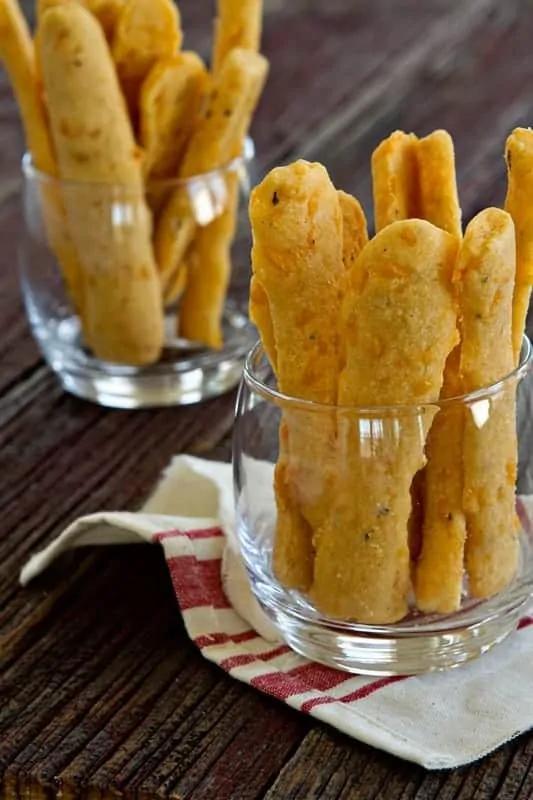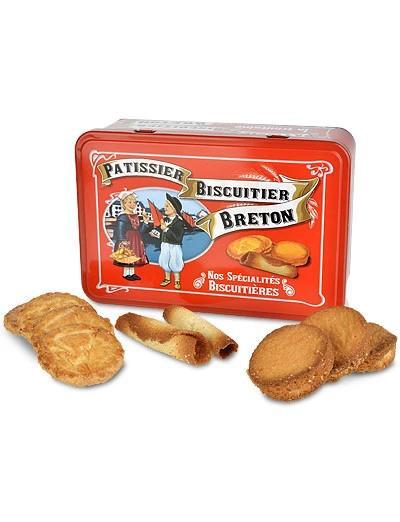
6 minute read
SIMPLY WINE
ENCORE PROVENCE
PAM GAGIANO TAKES US ON A ROSÉ TOUR
Advertisement


This month we continue to
explore some of the rose wines from Coteaux Varois en Provence. This AOC was established in 1993 and 90 per cent of wine produced in this area is rosé. There are 77 private wineries and 10 cooperatives, which cover an area of 49,670 acres. The varietals grown are Grenache, Syrah, Mourvedre and Cinsaut.
The mountains of Sainte-Baume to the west, the Bassilons in the north and Barres de Cuers in the south naturally protect this area from maritime influences and gives it a continental climate with mild autumns and springs and sometimes cold, harsh winters and sweltering summers. The terrain is limestone and calcareous clay from east to west.
The Grenache grape, which originates from Spain has a high yield and is resistant to prevailing weather conditions. This varietal brings a robost body to the wines and gives hints of berries and spice.
Syrah is delicate but with a fairly tough skin, small grapes and brings deep colour and hints of berries, vanilla and tobacco.
Mourvèdre is a slow ripening varietal which produces vigorous wines with delicate tannins and hints of blackberry, with notes of spice, pepper and cinnamon after a period of lying down in the cellar. Cinsault has a great flavour and it features prominently in rose. It’s delicate, fresh and fruity and blends well with the above varietals.
One of the most popular rosé wines from Coteaux Varois is surely the Estandon Saint-Louis de Provence Rosé, which has an alcohol content of 12,5% with an average price of €9 - €10 per bottle. It’s a lovely light, easy drinking wine from Shiraz/Syrah, Grenache and Cinsault grapes, pale in colour, crisp and dry with hints of strawberry and pairs very well with tomato based dishes and seafood. It’s a good wine to keep on ice for any occasion.
A more expensive offering comes from the Domaine de Cala and their Coteaux Varois en Provence Prestige Rosé. Again crisp and dry, 12,5% alcohol, blended with the Southern Rhône Red Blend varietals, which are usually Grenache, Syrah and Mourvedre with the former two grapes being dominant. Colour is salmon pink and leans toward soft strawberry, cherry and grapefruit fruits with mineral and herbal characteristics. Pairs well with fish, salads and green vegetable dishes.

This wine is superb and comes highly recommended. It’s upwards of €14 per bottle.
Coteaux Aix-en-Provence is a region north of Palette and covers an area of 49,670 acres, of which 82,5% is for rosé production. There are 65 private wineries and 12 cooperatives. The AOC was fully recognised in 1985. These vineyards are the furthest West in Provence and extend from the Durance River to the Mediterranean Sea, and from the Rhône valley in the West to Sainte Victoire Mountain in the East. It surrounds the Étang de Berre and traverses the landscapes painted by Cézanne. With stony clay, limestone, sandy and gravel terraine, it gets protection from the Mistral, which is predominantly cold and dry winds, which comes in from the North. The wines from this region are Rosé, Red and White, in this order, with the reds and rosés blended mainly from Grenache, Syrah, Mourvedre and Cinsaut. With the influences of the Mediterranean climate the vines benefit from the approximately 3000 hours of sunshine annually affording ideal growing and harvesting conditions.
The first rosé from this area I’m highlighting, is the affordable Moonlight and Roses Coteaux d’Aix en Provence rosé with an average price around €9. Slightly higher in alcohol at 13% and made from the ‘rare rosé blend’ which is a term used to identify rosé wines made from unusual or rarely seen varieties and combinations of grape. It is a crisp, dry and easy drinking wine pairing well with pork, poultry, seafood and vegetarian dishes and has notes of strawberry, raspberries, citrus and melon.
The second rosé wine I’ve chosen is Château La Coste Grand Vin rosé, which has an alcohol content of 13,5% and made from Cinsault, Syrah/Shiraz and Grenache grapes. It’s dry, leaning more to the acidic side of the scale and has notes of red fruit, apple and peach, which leaves a fabulous floral and lingering finish. Definitely one of our favourites! Retailing upwards of €24 it’s a great wine for great occasions.
The final region in Provence I have chosen is Bandol, which is in the Var department of south eastern Provence. It’s around 1550 hectares; the AOC was created in 1941 covering red, rosé and white wines centred on the Mediterranean. This region is better known for its red wines containing a high percentage of Mourvedre. However, many very well known and prestigious rosé wines come from Bandol. Domaines Ott Château Romassan Bandol Rosé is blended from Cinsaut, Grenache, and Mourvedre grapes. This pale ‘onion skin’ hued wine with hints of citrus, apple, peach and delicately floral freshness is a fabulous and popular wine for many occasions. This is a premium wine with an average price of €30 per bottle.
The rosé from Domaine de Cabaudran Bandol Rosé is a wine made from Grenache, Mourvedre and Cinsault grapes with a 13,5% alcohol content. It’s a typical Provençal rosé, light, dry and with a fresh acidity. Its peachy fruitiness makes this an easy drinking and enjoyable wine and pairs very well with barbequed meat. Expect to pay around €12 for a bottle of this rosé.
There are so many fabulous domaines in Provence were one can enjoy a few days visiting, tasting and experiencing the beauty of this region. There are many tour options available as well as the option of self drive ‘go as you please’, which is our preferred choice, literally getting ‘lost’ in Provence in pursuit of experiencing all it has to offer, go on, give it a try!
What do I bring?
Here’s a few suggestions of what to bring to an Aperó
Visiting etiquette generally suggests that when invited to dinner you bring something for the host. Although it’s not expected and not typically a dinner, bringing something along, especially when getting to know your neighbours it’s a great way of showing you appreciate their hospitality.
Something homemade from the Potager perhaps, a chutney, sweet or savoury jam. Savoury homemade sablé biscuits, cheese straws, torteau fromage, or some cheese from the local fromagerie. I would avoid sweet things as it’s generally wine and nibbles. The key really is to try and keep it homemade or locally produced and you’re on to a winner. If you’re a dab hand in the kitchen, some homemade Pâté or savoury mini loaves cut into bite sized pieces always go down well.
If you’d like to take a drink we have some fabulous options further on in the article. Aperitif drinks do vary region to region too, so always best to do a little research if you’re unsure.
A potted plant or houseplant is always a cheery gift to a host.




Stimulating your appetite
One of the best-kept secrets of European culinary culture is the aperitif. Usual a low-proof alcoholic beverage sipped an hour or so before a meal, to stimulates the appetite, relaxes the diner and prepare your digestive system for the coming meal. Aperitifs can be made out of an endless list of beverages but traditionally fall into 3 categories:1. Fortified Wines - Sherry, Vermouth,
Pineau de Charente 2. Bitters - Campari, Aperol or similar brands 3. Anise based drinks such as Arak, Ouzo or Pernod
Most aperitif beverages range between 10-24% ABV and are meant to relax the diner and open up their palates not get drunk.
Take your time and enjoy, sip dont glug.





